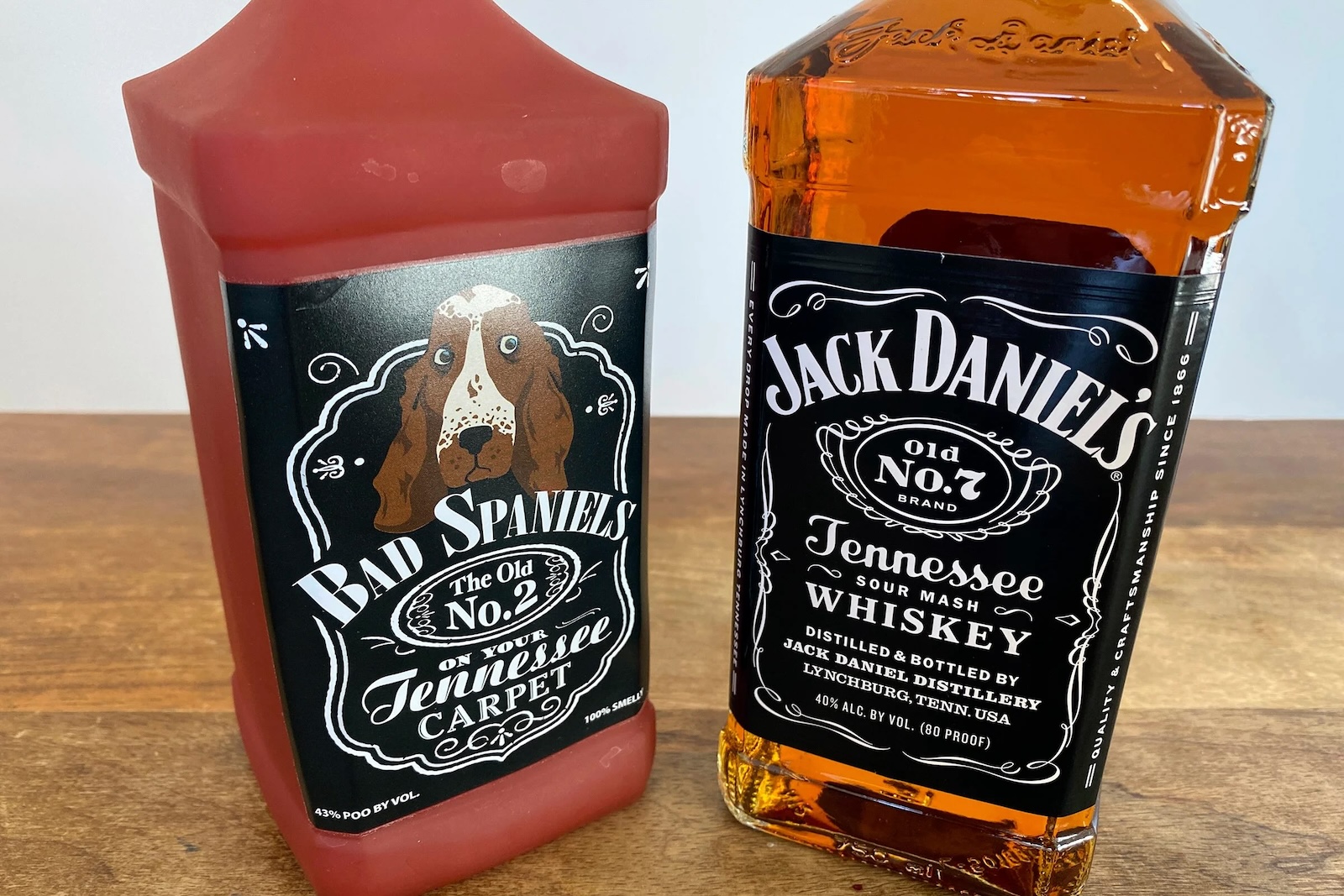As we all know, trademarks are critically important in business, not just as assets improving value, but in the marketplace to reliably identify and distinguish goods and services, thereby protecting businesses from infringement and consumers from deception.
While this purpose is at the heart of trademark law, over the years, the courts have limited some uses by third parties of a trademark owner’s rights. For example, in the case Rogers v. Grimaldi, the Second Circuit Court of Appeals developed a test, now known as the “Rogers test,” that allows third parties to use the trademarks of others in “expressive works” unless the use “has no artistic relevance” to the expressive work or “explicitly misleads as to the source or the content of the work. In the Rogers case, then famous actress Ginger Rogers sued Alberto Grimaldi and film company MGM for production and distribution of the 1986 Federico Fellini film Ginger and Fred, a film about two fanciful Italian cabaret performers named Pippo and Amelia whose dance routine emulated the famous movie star dance couple Fred Astaire and Ginger Rogers. The court ruled against Ms. Rogers, holding that this “expressive” work – a movie — was protected under the first amendment even if there was some trademark confusion.
The Supreme Court finally got a chance to opine on this subject In the 2023 case Jack Daniel’s™ Properties, Inc. v. VIP Products LLC. The Supreme Court clarified and narrowed the scope of the Rogers test, drawing a line between uses of trademarks that have truly expressive purposes, and those that have source-identifying purposes —I n other words, situations in which the competing names also are used as trademarks. Here, famed Tennessee whiskey brand JACK DANIEL’S® sued dog toy manufacturer VIP Products for the latter’s infringement of its iconic black and white JACK DANIEL’S® logo after VIP began offering a look alike “Bad Spaniels” squeaky toy. As shown above, the toy was shaped and sized similarly to a bottle of JACK DANIEL’S® whiskey and emulated various elements of its design, and used as its name “Bad Spaniels” which was purposely chosen to rhyme with the JACK DANIEL’S® mark.
VIP argued that the squeaky toy was an expressive work that parodied JACK DANIEL’S®. SCOTUS was not so convinced. Rather, it found that VIP was using its “Bad Spaniels” version of the JACK DANIEL’S® mark the way that JACK DANIEL’S®, or any other brand, would use its own trademarks: to identify the source of its products. Because the defendant’s use served a trademark purpose, and not an expressive purpose, the Supreme Court held that the “Bad Spaniels” logo fell outside the scope of permissible uses under the Rogers test.
“Parody,” which can be a defense in both trademark and copyright cases, has a very specific legal meaning – just being funny is not enough for it to be available. As is now the law in trademark cases, the use of another’s trademark or packaging design or other protectable brand element will not be a successful parody or otherwise “expressive” in nature if the use also serves as a source identifier, i.e., a brand by the second user.
–Eric Fram and Steve Weinberg

